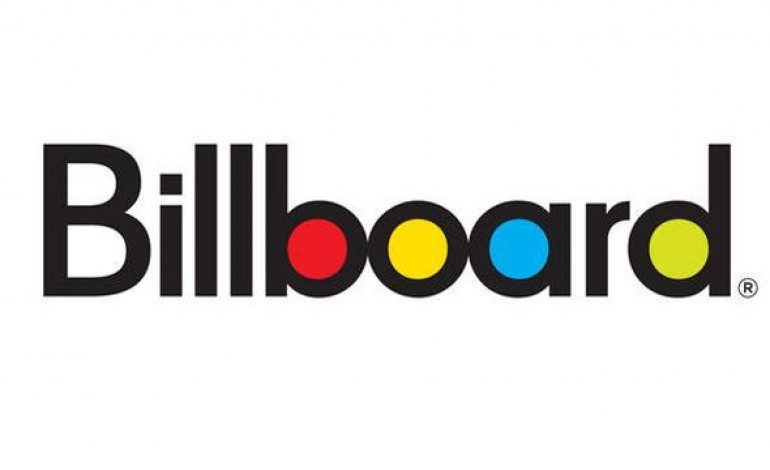

In yet another change to the already complex rulebook that Billboard employs to do their chart calculations, the entertainment media brand has announced that it will be turning to favor paid streams over free or ad-supported streams in 2018.
The Hot 100 has three components: sales, radio play and streaming. This newest change will start discounting the impacts of YouTube, the largest music-streaming site in the world, and the free (or ad-supported) tier of Spotify. Paid streams will also count more on the Billboard 200, which tracks the most popular albums in the country each week.
Billboard has not yet announced the size of the new weighing system, which will determine the extent to which these new rules impact songs that gain favor on free platforms. But according to Rolling Stone, “the new system is likely to affect certain genres more than others: Nine of the 10 most viewed YouTube videos in the U.S. in the last 30 days were hip-hop or Latin pop records, and nine of the 10 most viewed artists on YouTube last month work predominantly in hip-hop, R&B or Latin pop.”
It’s easy to imagine that one particularly susceptible group of songs will be viral dance records like “Juju on That Beat” by Zay Hilfigerrr and Zayion McCall. “Juju on That Beat” was being streamed roughly 20 million times a week when it climbed into the Top 10, and it is estimated that approximately 80% of those streams came from YouTube.
There seems to be a certain dichotomy in this debate, splitting between those who think that revenue, and the willingness of fans to pay money for music, is the ultimate form of calculating relevance, while other would rather figure out what songs are most popular purely on the basis of listeners’ preferences disregarding payment.
Billboard’s attempts to satisfy both parties with a single metric began in 2012, when it incorporated streaming data into the Hot 100 for the first time. In 2013, the company also added YouTube to its Hot 100 accounting. The next year, streams began to count toward the album chart, with 1,500 streams from select services – including Spotify and the Apple Music, but not YouTube – serving as the equivalent of a single album purchase.
